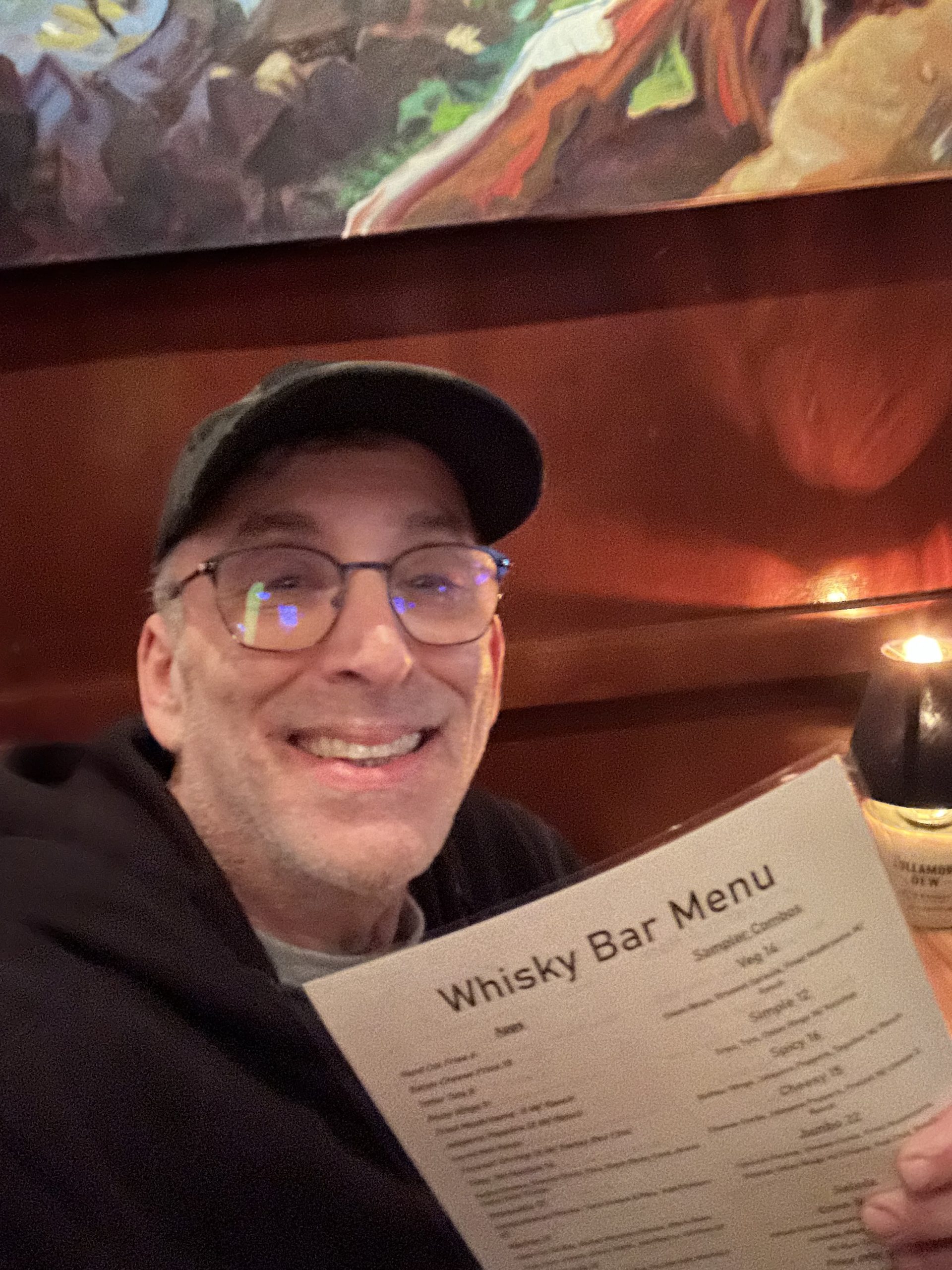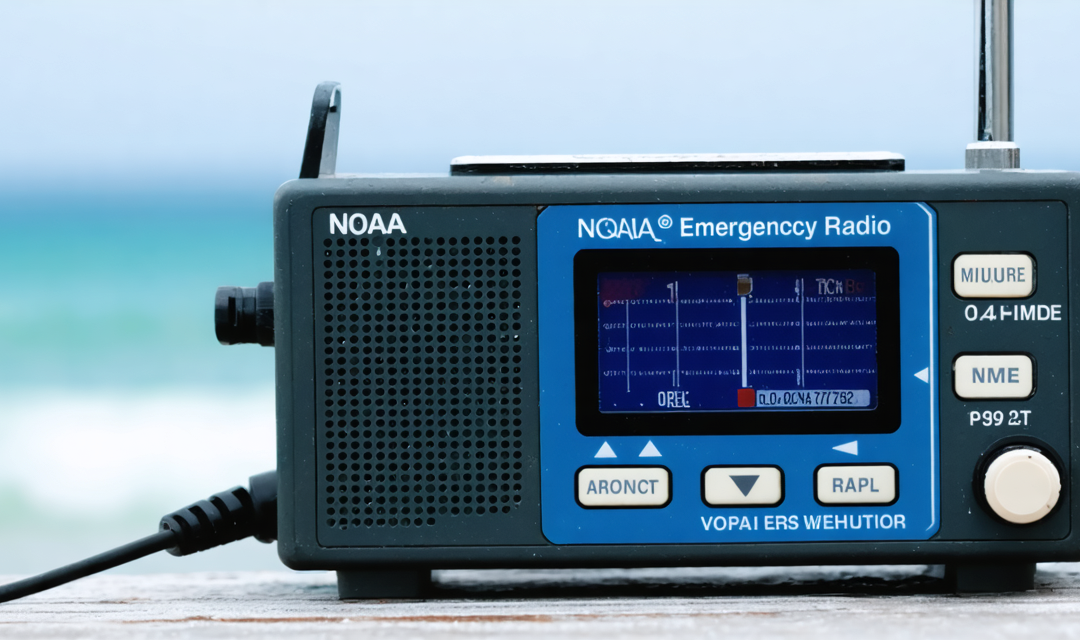Defining NWR:
At this point, you might not even know what a NOAA Weather Radio is, so let’s start there. A NOAA Weather Radio is a radio that is designed to receive on only 7 channels (think frequencies) in the United States and Territories. In normal mode of operation, the system will verbally read you local weather reports and forecasts, 7/24/365.
Some National Weather Service (NWS) offices have a broadcast schedule on the main NWS website. So you can easily determine when you might want to listen.
So far we have been talking about the “Normal Mode” of operation. However, the NWS operates on a Watch, Warning, Advisory (WWA) method. So when there are no WWA you get the normal weather, when there is a WWA, the radio will be broadcasting information about the watch, warning, or advisory that is currently taking place. We will get into the different types of alerts that a NWR will broadcast laster in this article.
Historical Context:
The NOAA Weather Radio (NWR) system originated in the 1950s with experimental aviation weather broadcasts from two stations: KWO35 in New York City, which began on November 1, 1951, and KWO39 in Chicago, which started in May 1953. These initial broadcasts were later transitioned to marine weather services in 1960, following the success of the New York and Chicago harbor experiments. The service expanded significantly in response to major weather disasters, particularly the 1965 Palm Sunday tornado outbreak and Hurricane Camille in 1969, which prompted recommendations for a nationwide radio network to warn the public
The network was officially established as NOAA Weather Radio (NWR) in the early 1970s. Evolving from the ESSA VHF weather radio network. A pivotal moment in the new networks life came in 1975. When in a White House policy statement from Gerald Ford. He designated the NWR as the sole government operated radio system for communicating direct warnings to the public, for natural disasters and other hazards, including nuclear attack. This happened after a super outbreak of 148 tornadoes touch down across 13 states in a 24 hour period.
The network grew rapidly, from around 200 stations in 1978, to around 1032 operating January 2020. These stations operate across all 50 states, U.S. territories, and DC providing around 95% coverage of all land and costal waters.
Why NWR is Critical:
Some people might be asking why? Why do we bother paying for this system when everyone has a persistent internet connection in their pockets? That’s actually a great question, The main reasons are immediacy, fault tolerance, and reach. Let’s look at these below.
Immediacy – Or how quickly the government can get the word out. All of our other solutions involve minutes, possibly many many minutes of delay before any notification can be sent out via the Emergency Alert System (EAS) on television. or via push notifications on our phones. NWR is immediate, as there are normally human that are local to the issue or disaster that they are reporting on. I say normally because at the time of this writing, we are in a federal government shutdown.
Fault Tolerance – Unfortunately, when a disaster strikes, it often comes along with loss of power. Earthquakes, and tornadoes that destroy infrastructure, and further harm power. Often cell sites may be able to stay up for a period of time, but those will likely fail due to the generators at the local cell sites running out of fuel in an extended outage.
Reach – With a bit of googling i was able to find a statistic that said there was cellular coverage around 10% of the entire US land mass. It clusters very high around towns and cities, but the coverage will drop as you get more and more remote. There are some other solutions for this like StarLink and other satellite providers, but those are very costly solutions.
NOAA Weather Radio easily handles all of these issues and more. From the perspective of immediacy nothing can get more immediate then the source itself. NOAA sources WWA from other departments in the government. Fault tolerance from an NWR is easy from the multiple power sources that most radios support. That ranges from plug in AC, to AA or AAA batteries, to a built in lithium battery pack, also to include solar cells and / or a manual crank to allow cranking the device to get power. Last is reach, and with coverage of around 95% of the US land mass, i can’t think of anything with better coverage.
Core Mission
To this point we have talked about the WWA (Watches, Warnings, and Advisories) but really never identified what they include. There is a full list of the event types and event codes available on the NWS Web Site. A quick look however will show you what types of hazards the network will notify.
Some examples:
Costal Flood Watch – Costal Flood Warning
Flash Flood Watch – Flash Flood Warning
Child Abduction Emergency (Amber Alert)
Civil Danger Warning – Civil Emergency Message
911 Telephone Outage Emergency
Among many others.
The Broadcast Network: An overview of how the vast NWR transmitter network covers the entire Un
How does a NWR actually work, from the source to sound coming out of the speaker on your own NOAA Weather Radio? The system is actually pretty simple. First the system works on VHF (Very High Frequency) frequencies only. Those frequencies dedicated to the system are between 162.400 – 162.550 MHz. That frequency range is split into 7 channels. Each channel has 16 MHz of bandwidth and 25 MHz of spacing between channels. The channel list looks like this:
NOAA Weather Radio to Channel Mapping
Key Terminology: Introduction to essential acronyms: NOAA, NWS, E-A-S (Emergency Alert System), and WWA.
Let’s cover some termonology that we will be using throughout this article series.
NOAA – NOAA is the National Oceanic and Atmospheric Administration.
NWS – National Weather Service. The national weather service is a component of NOAA.
EAS – Emergency Alert Service. The Emergency Alert Service is the alert service that covers – Broadcast TV and Radio, satellite digital audio services, direct broadcast satellite providers, cable television systems and wireless cable systems.
WWA – Watches Warnings and Advisories. These are the three categories of events that a NOAA Weather Radio will alert on.

Craig Simon
Author
